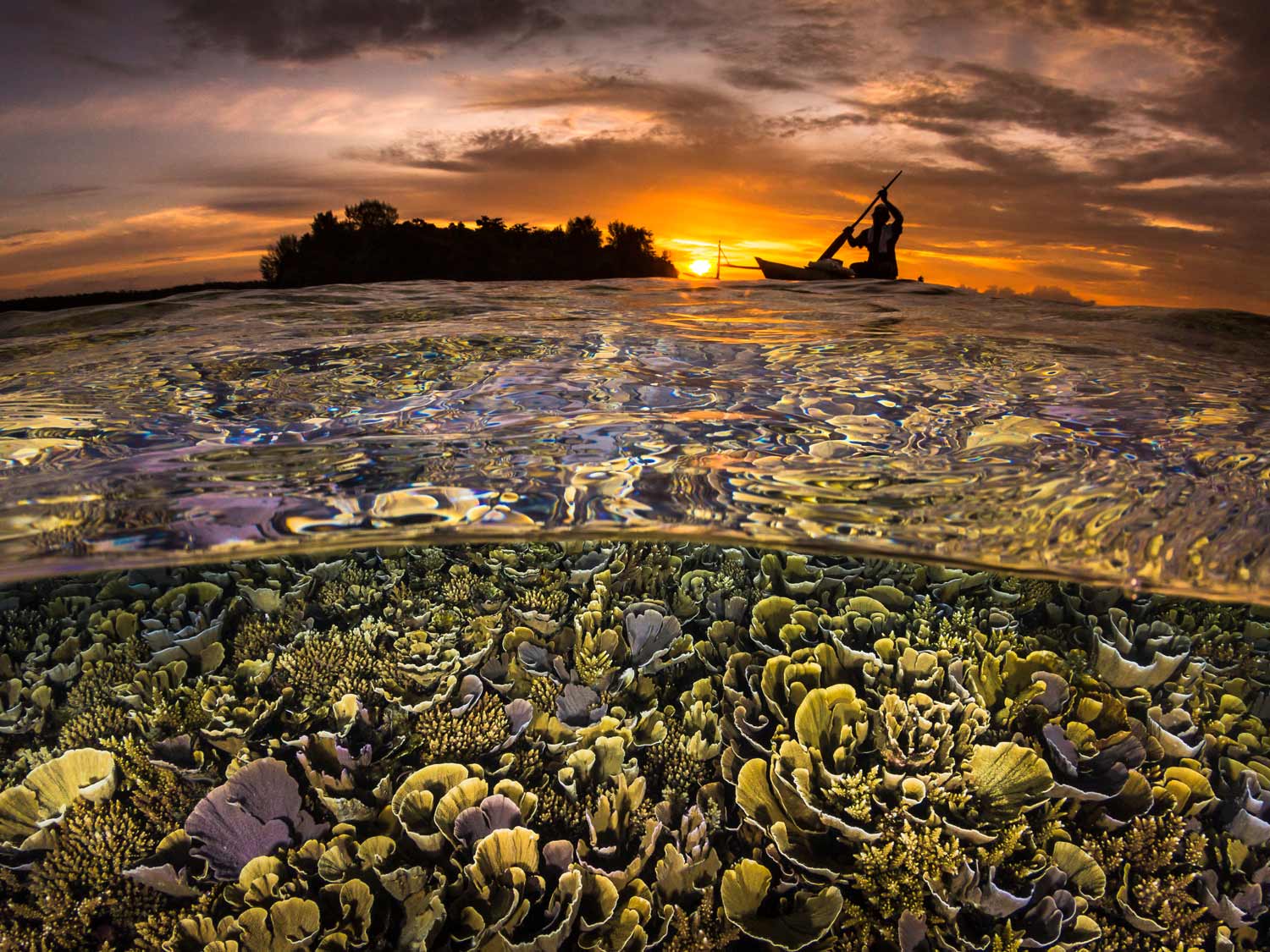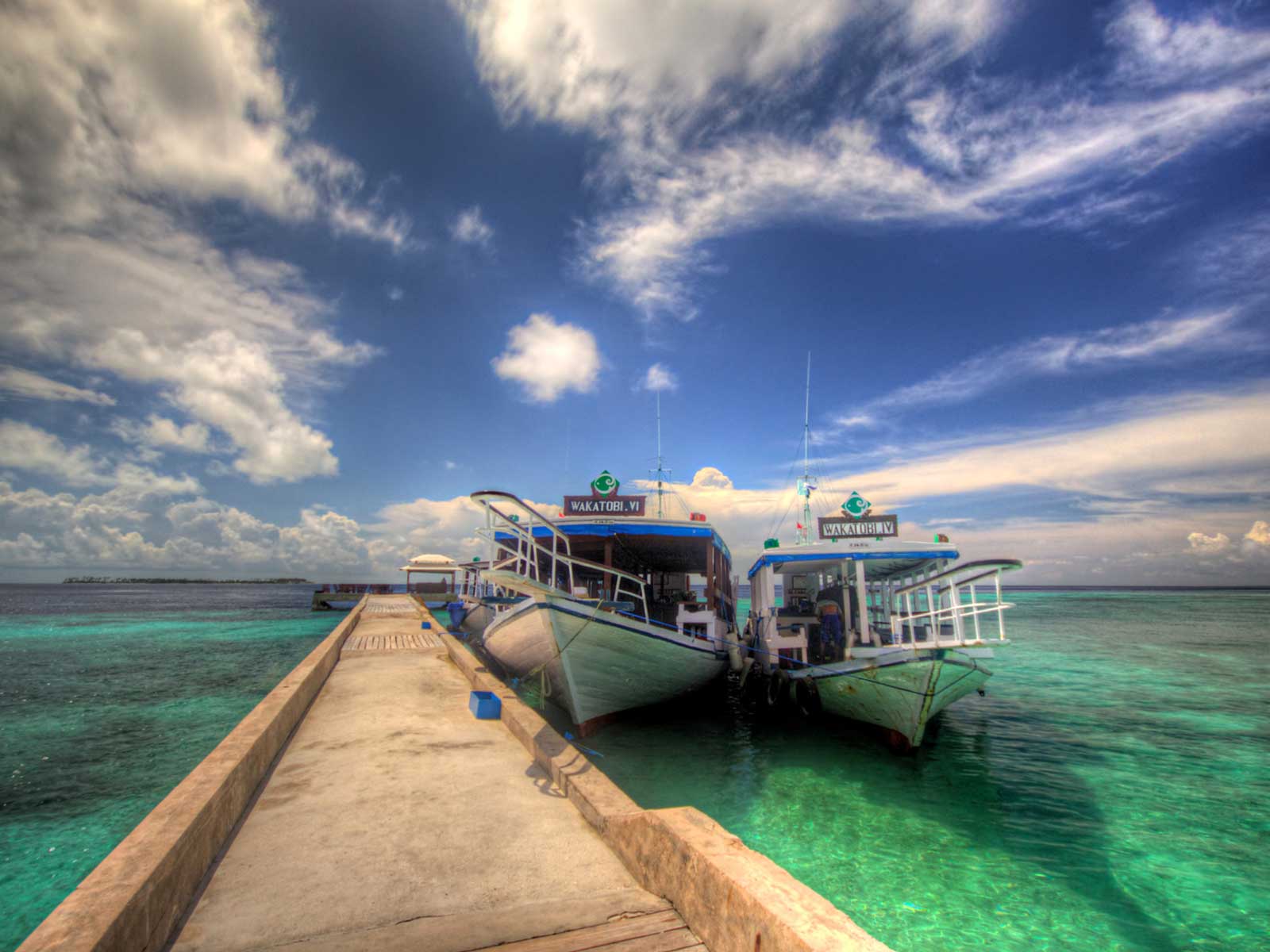By David Combs
I have been diving since 1965, and on several occasions, have been fortunate enough to dive in waters surrounding Bonaire. Normally these diving activities involved testing equipment while trying to improve my underwater photo skills. Unfortunately, on this particular trip to Bonaire I was having difficulty clearing my ears which necessitated a change of plans concerning my diving schedule. Fortunately, my sister-in-law, Marta, and I were introduced to the two-day Coral Reef Restoration Program being taught by Tina Wall at Buddy Dive Resort.
This two-day course in Bonaire revolved around Elkhorn coral (Acropora palmata) and Staghorn coral (Acropora cervicornis). Both species are protected under the US Endangered Species Act. The course taught us the techniques required to grow, harvest and transplant coral reefs.
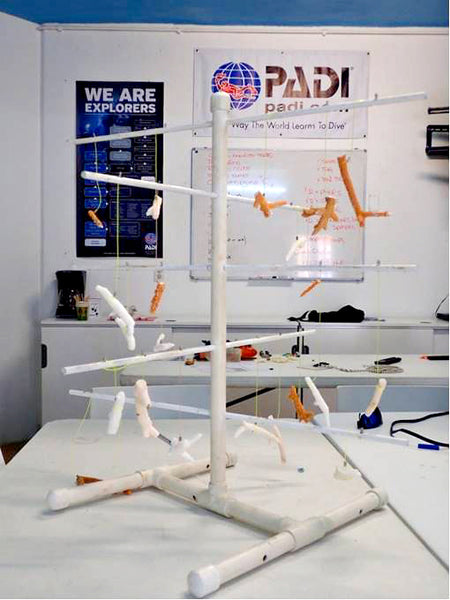
Practicing skills was much easier in the classroom where we weren't also thinking about buoyancy and dive gear.
Learning in the classroom
In the classroom work we were introduced to the anatomy of corals, and to the stressors that adversely affect the corals. Ironically, many of these stressors are created by people like ourselves, who come in contact with corals while enjoying their beauty. One example is divers coming into contact with the coral due to improper buoyancy control. Another common issue is sunscreen products washing off of swimmers and divers and resulting in the degradation of the photosynthetic algae, zooxanthellae, that covers the calcium carbonate skeleton of the coral.
On the surface we practiced pruning coral fragments and then practiced methods of tying the fragments to the PVC piping "trees" that make up nurseries in the waters around Bonaire. The trees you see are the nurseries which rest in no more than 20’ of water. We also practiced the methods required to clean the existing trees in the water in an effort to prepare them for receiving more coral fragments.
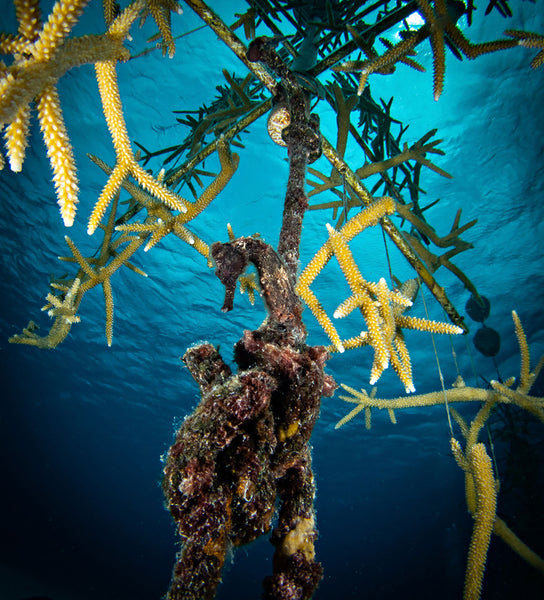
This coral restoration structure seems satisfactory to the resident seahorses.
Open water dives
Once the classroom work was completed we entered the water, armed with the tools of the trade: wire brushes, sponges, hammers, chisels, ID tags, monofilament line, cutting pliers, and epoxy. Through a series of three shallow dives we completed a variety of tasks including cleaning lines, hanging coral fragments on the nursery trees, and surveying the nursery for predators and signs of diseases or anomalies.
I have never been so aware of maintaining proper buoyancy while trying to accomplish these tasks without adding to the problem myself.
The coral pieces grow rapidly in the nurseries due to the fact they are suspended in a nutrient rich environment. They actually grow more rapidly than in their normal setting. Once the coral fragments have reached a specified size, and show they are healthy, they can be transplanted to their new, permanent site. At the restoration site they are attached to other coral bases using special epoxies for use underwater.
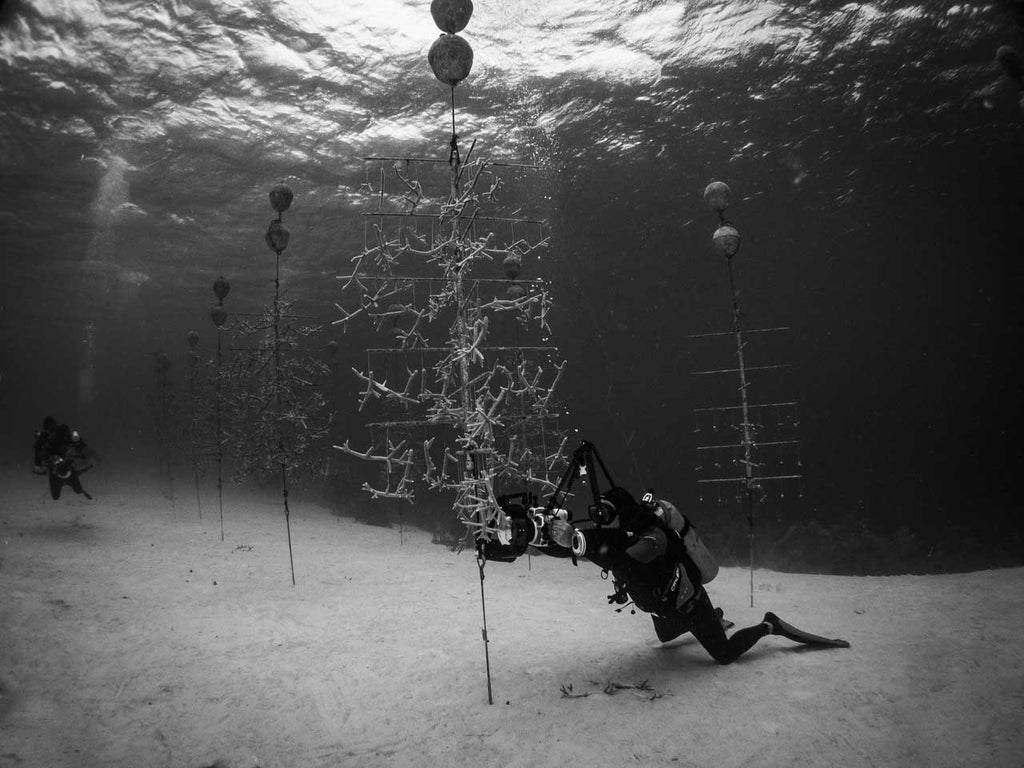
Coral restoration in Klein Bonaire has been successfully going on for years. They make a nice structure for very easy shooting in the sand (though participants in the course are not allowed to bring cameras).
Coral DNA data
The nurseries are identified by ID tags that display the DNA makeup of the corals that are being harvested and grown. Before we ever get involved, a great deal of study has been done to identify the DNA of all of the coral specimens with which we will be working. This data is all collected and stored for use in establishing future coral restoration sites. The purpose of gathering this DNA data is to (1) diversify the sites genetically in an effort to enhance survival over time and (2) to establish sites with similar genetic makeup to avoid genetic incompatibilities that might arise.
Whew! It really was work and fun, and for a guy who couldn’t clear his ears below 20’, it was a real stroke of luck that provided me with an opportunity that I might otherwise have missed. Overall, the two days went by quickly, and we accomplished more than we could have imagined. Now the task is to return in one year to see just how successful our transplanting efforts have been.
More information on the program
My ears may have been a problem, but my eyes were certainly opened to just how incredible the Coral Reef Restoration Program is. The course inspires, educates, and arms you with skills that enable recreational divers like us to actually give back to help restore our coral reef system. Once you have taken a certified course, you can volunteer in many locations that have these restoration programs in place.
Here are some facts that you may or may not already know:
- Anti-cancer agents and antibiotics are some of the biomedical compounds that have been produced from corals
- Coral reefs are the nursery grounds to 25% of all known marine species
- Coral reefs are also home to roughly 33% of all known fish species
- Coral reefs play a remarkable role in providing biological diversity by virtue of the fact that the diversity of coral reef species is estimated to be somewhere between 600,000 to 9 million species
- Coral reef diversity helps to ensure redundancy which helps an ecosystem survive as environmental conditions change
- Coral reefs help to regulate carbon dioxide levels
- Coral reefs help to protect coastal areas from storm damage and erosion
The Coral Reef Restoration Foundation is not limited to the island of Bonaire. Check out their website coralrestoration.org and learn how you can become involved. So the next time you have ear problems, think about how you too can be protecting our reefs. You can contribute in many ways and you can make a real difference. Remember, it is the only planet we have.
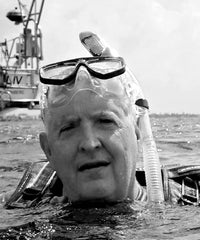 David Combs started out part time at Ikelite in 1971 but he has been acting as General Manager since as long as we can remember. David is integral to purchasing, HR, sales & marketing, and occasionally even answering the telephone. When he's not in the office he can be found diving, spending time with his family, on a garden tour, or hanging out with his two german shepherds.
David Combs started out part time at Ikelite in 1971 but he has been acting as General Manager since as long as we can remember. David is integral to purchasing, HR, sales & marketing, and occasionally even answering the telephone. When he's not in the office he can be found diving, spending time with his family, on a garden tour, or hanging out with his two german shepherds.
Additional Reading
6 Ways You and Your Kids Can Help Save the Sharks
Capturing the Elusive Mouth Brooding Jawfish
Freediving a 60 Ton Statue in the Bahamas with Jenna Martin
2018 Roatan Underwater Photo Fest Trip Report












